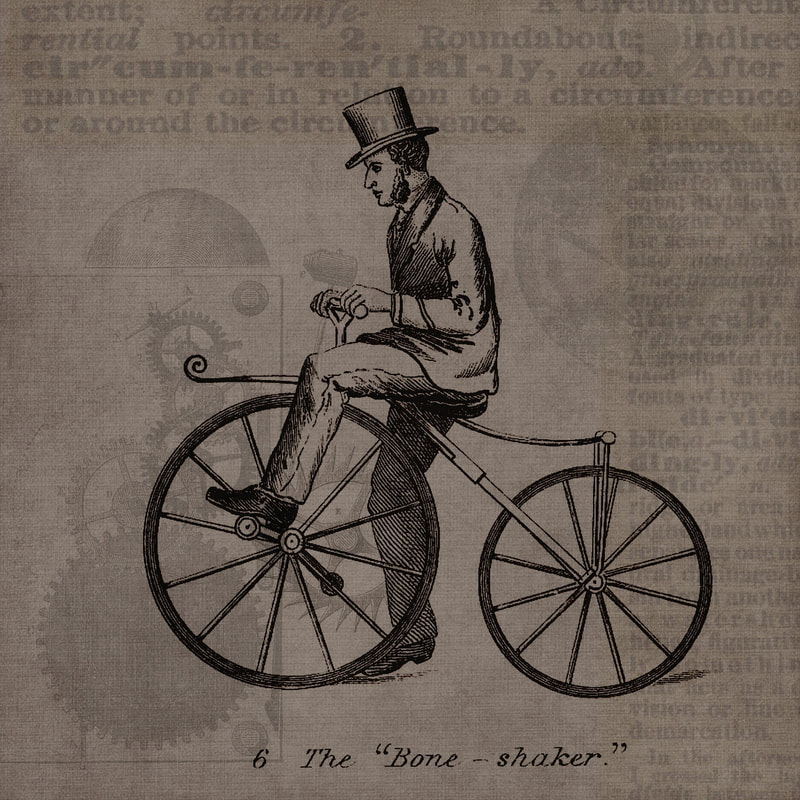 There are a number of different types of patent searches that may be perform. Some patent attorneys farm out their searches to paralegals within their firm or worse to a search firm in another country. In these cases a patent attorney only views the results of the search and the patent attorney has no clue as to the "journey" taken by the searcher. The journey taken by the searcher is very informative in and of itself and quite helpful in the prosecution of a patent application as it gives the searcher a view of the patent "landscape" circling about the invention at hand. It is like being on the ground of a thick forest and only seeing the trees about you rather than above the forest and seeing the entire forest. As a result I disagree with with practice of farming out the searches. I perform all of my own searches using special software applications that are professionally designed for searching patents across the many patent databases about the globe. However, that said, examples of patent searches that I may perform include:
There are other kinds of searches that may be performed in addition to those above but the two major types of searches that are typically performed by patent attorneys are (i) infringement and (ii) patentability searches.
the specification. You may almost think of a patent as a triangle with the figures, specification, and claims at each point of the triangle. If you take out any of the points you no longer have a triangle and likewise with patents. Now that I have given you this background information on figures, specification, and claims, you may understand that infringement is determined by comparing the claims of a patent to your invention. How close the claims come to describing your invention will determine your risk for infringing a patent. Determining if the second part is satisfied is more difficult and unfortunately more important because if a patent is no longer enforceable it is in the public domain and free for all to copy. You may think of the patent as having been expired. You cannot infringe upon a patent that has expired but determining when a patent expires is not easy. We know that an utility patent has a life span of 20 years while a design patent has a life span of 14 years. Unfortunately there are other events that may impact the life span of a patent. One event is if the patent office unnecessarily delays when processing your patent. In these cases the patent office will add to the life span of the patent the same number of days where due to their actions your patent's issue date was delayed. However this is rather unusual and typically amounts to less than 100 days being added to the life span of a patent. The one event that significantly impacts the life span of a patent is the nonpayment of maintenance fees that are due 3.5, 7.5, and 11.5 years from the date the patent was issued. Even if payment is not made there is a grace period of six months where the patent remains enforceable if a payment is made along with an extra fee. In spite of the problems in determining if a patent is enforceable infringement searches are easier to perform because:
Patentability Searches: The patentability search looks to answer the question "Can you get a patent on your invention?". This question is very different than the question to be answered by the infringement search so the search is different. For background, there are three requirements to secure acceptance of your patent application at the patent office. These requirements are:
infringement search above where I would read through the claims to determine if your inventive concept infringes, the patentability search requires that I read through the longer and more difficult specification section of the patent to see if your inventive concept has been described. This makes the search more time consuming than the infringement search.
As I find patents that relate to your inventive concept I quickly read through them marking interesting sections and then file them away. Depending upon the various aspects of your inventive concept I may have to perform other searches to find patent activity that cover those aspects and repeat the process of locating patents and then marking interesting sections. Note that here I do not filter out expired patents because expired patents may be used against your inventive concept to raise a novelty (§102) or nonobviousness (§103) refusal. Once I have all of the relevant documents together I may now look at the risk of getting novelty (§102) or nonobviousness (§103) refusals. Performing all of this takes a lot of concentrated study and thus the greater cost. However it is a "must do" search as otherwise all of the money invested in drafting and filing the patent may be at risk.
7 Comments
|
Categories
All
|
California, Inland Empire - (909) 566-2801
California, Santa Barbara - (805) 500-6241
Tennessee - (423) 226-8036
Georgia - (404) 436-0899
California, Santa Barbara - (805) 500-6241
Tennessee - (423) 226-8036
Georgia - (404) 436-0899



